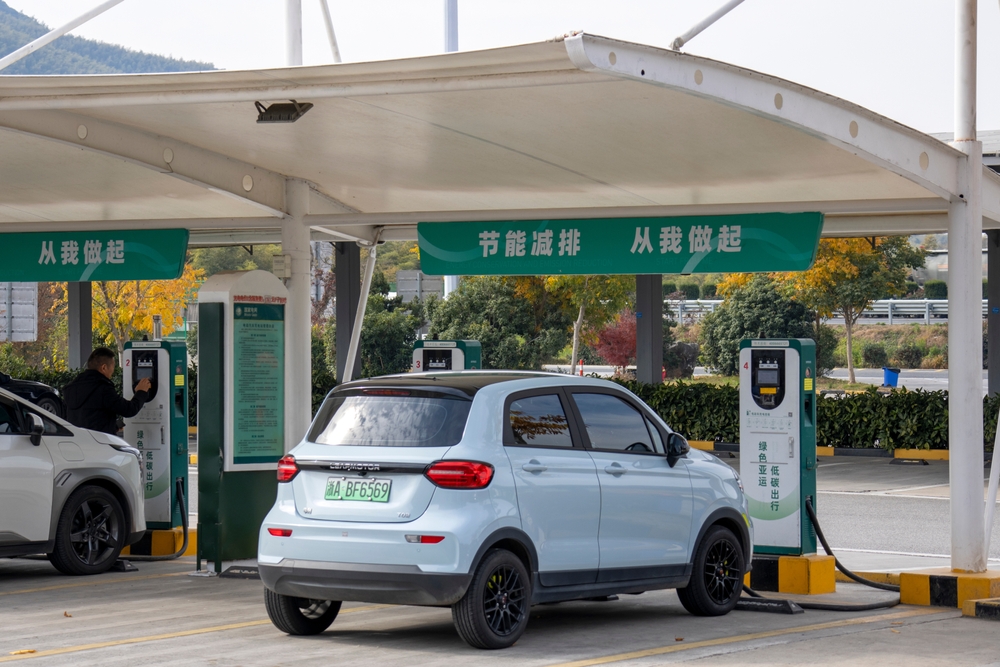The new research has delved into the future of China’s ultra-fast EV charging stations, examining charging patterns, impact on grids, solutions and upgrade costs.
A research team led by Yang Zhao, Xinyu Chen and Michael McElroy analyzed real-world charging data from over 15,000 EVs at ultra-fast EV charging stations in 10 districts of Beijing.
They have established scenarios for current and future EV specifications and charging parameters, taking into account factors such as charging power, battery energy, and charging time.
With the global EV market continuing to expand rapidly, China is leading the way in adopting EVs, and understanding the impact of ultra-fast EV charging is important for sustainable development.
The effect of ultra-fast EV charging on power capacity
One important finding is related to the effect of increased ultrafast EV charging power on station loads.
Contrary to the general assumption that double the charging power will double the station load, this study shows that this is not the case. Large stations with many chargers experience peak power increases of less than 30% when fast charging power doubles.
This is because shorter charging sessions are unlikely to overlap. For example, in the simulation, when the maximum EV charging power increased 10 times from scenario S1 to S7, the peak load at the airport charging station increased to 4.90 times.
Explore solutions to maintain power
Researchers also investigated two generalized solutions to develop the issue of insufficient power capacity for ultrafast EV charging stations: dynamic standby strategies and energy storage. A dynamic standby strategy can effectively reduce peak loads by delaying the charging session.
For example, at airports, EV charging stations with a total power capacity of 120 kW of chargers can use this strategy alone to meet the ultrafast charging demand from S1 to S7, resulting in a reasonable increase in latency.
When it comes to energy storage, peak loads can be buffered, but cost is a major consideration. The unit cost of lithium-ion battery energy storage is about four times higher than that of a pad-mounted delivery transformer in China.
However, energy storage has advantages such as not requiring expansion of grid capacity and allowing for more flexible installations.
Analyze the cost of ultra-fast charging stations
Regarding cost upgrades, the survey identified chargers and distribution transformers as key costs.
Comparing the various upgrade strategies, this study provides valuable insights to policy makers and industry players.
The results suggest that deploying large ultrafast charging stations with chargers between 350-550 kW in high demand regions could be a viable solution to meet the burgeoning charging demand for EVs in China.
This study provides a comprehensive understanding of the future of EV ultrafast charging stations in China. This contributes to more informed decisions in infrastructure planning and grid management charging.
Source link

